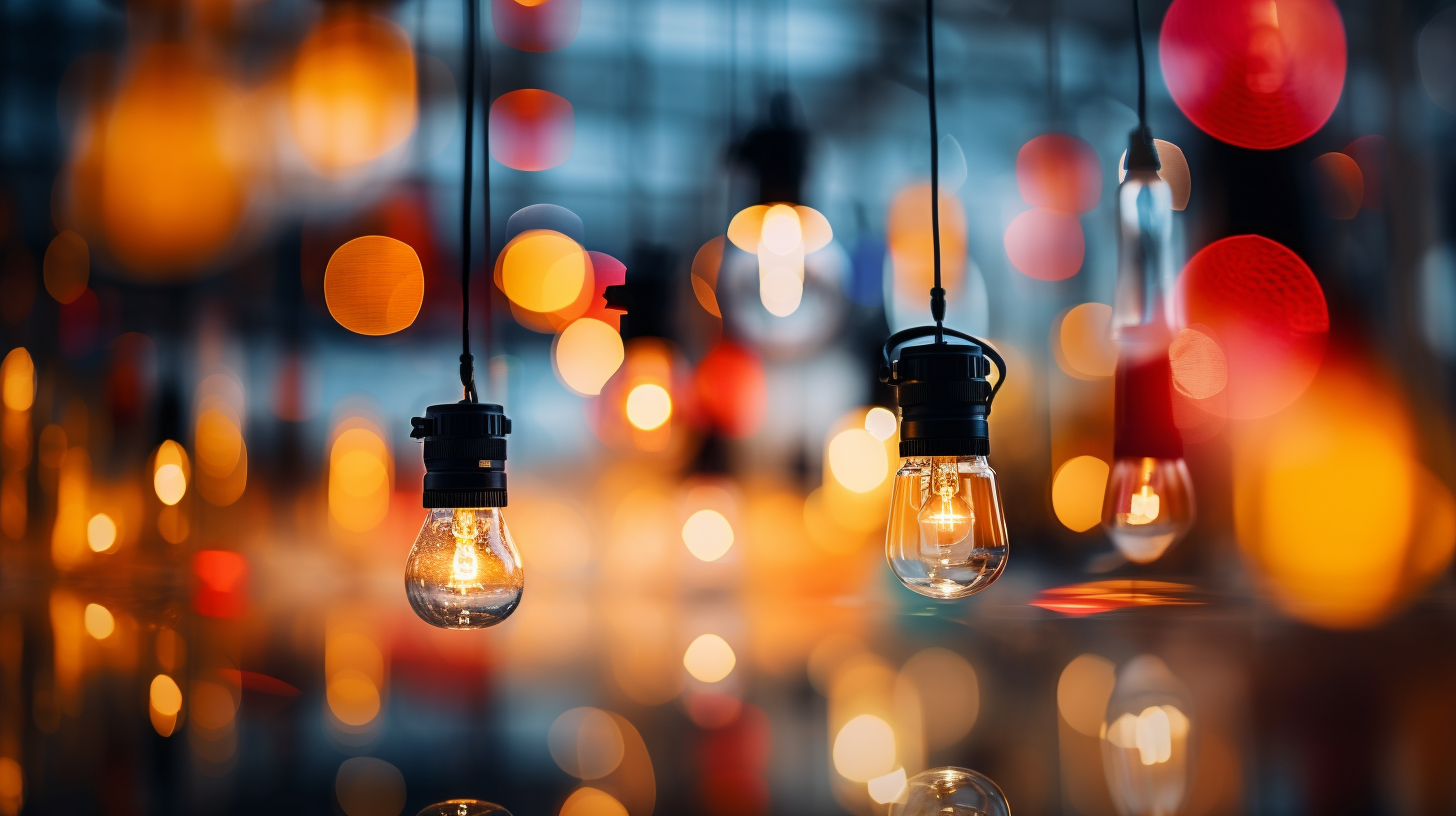Discover expert tips for achieving stunning bokeh effects in your photographs. Enhance the visual appeal of your images with these simple techniques.


Discover expert tips for achieving stunning bokeh effects in your photographs. Enhance the visual appeal of your images with these simple techniques.
Learn expert tips and techniques to master the art of product photography. Enhance your skills in capturing stunning product images for optimal presentation.
Learn the art of street photography with techniques and tips to capture stunning urban moments. Enhance your skills and develop your unique photography style.
Discover incredible tips and techniques for capturing stunning nighttime photographs. Learn about settings, equipment, and composition for successful night photography.
Discover the joy of instant photography with Polaroid cameras. Get essential tips and techniques for capturing unforgettable moments with your Polaroid camera.
Enhance your portrait photography skills with expert tips and techniques. Learn how to capture stunning portraits and bring out the best in your subjects.
Join our community of photography enthusiasts and receive the latest tips, tutorials, and gear reviews directly in your inbox. Elevate your photography skills with expert insights and creative inspiration from Wim Arys.